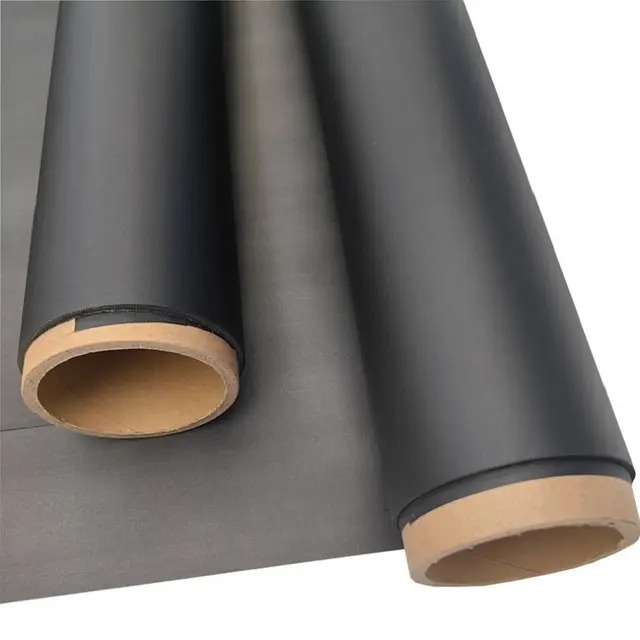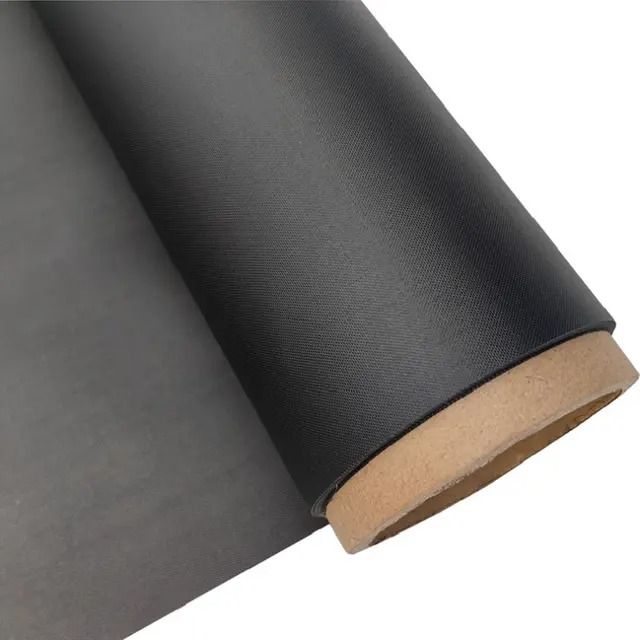
Understanding Fiberglass Cloth: The Basics
Fiberglass cloth is a woven material created from extremely fine glass fibers. These fibers are bundled into yarns and then woven in different patterns to form a fabric-like material. Unlike natural fabrics such as cotton or wool, fiberglass cloth is engineered to offer strength, heat resistance, and dimensional stability. This combination makes it a popular reinforcement material in composites, coatings, and insulation.
How Fiberglass Cloth Is Made
The production process begins with molten glass, which is extruded into thin filaments—often thinner than a human hair. These filaments are bundled into yarns, coated with protective sizing agents, and woven into fabrics. The weave pattern (such as plain, twill, or satin) influences the cloth’s strength, drapability, and application potential.
Why It Stands Out
What makes fiberglass cloth unique is its balance between strength and weight. It provides mechanical reinforcement without adding unnecessary bulk. It also resists moisture, chemicals, and fire—features that make it suitable for demanding environments where other fabrics would fail.

Key Properties of Fiberglass Cloth
To understand its wide use, you must look closely at its physical and mechanical properties. Fiberglass cloth offers a rare combination of performance characteristics.
Strength and Durability
Fiberglass cloth has a high tensile strength, meaning it can withstand pulling forces without breaking. Its durability also makes it resistant to wear and tear, ensuring long service life in composite structures.
Thermal and Chemical Resistance
Unlike many synthetic fabrics, fiberglass cloth maintains its integrity at high temperatures and is resistant to most chemicals, including acids and solvents. This makes it suitable for heat shields, welding blankets, and chemical containment applications.
Lightweight and Flexible
Despite its strength, fiberglass cloth remains lightweight and flexible. This allows engineers to mold it into complex shapes when used with resins, making it a key material for lightweight yet strong composite structures.
| Property | Fiberglass Cloth | Cotton Cloth | Carbon Fiber Cloth |
| Tensile Strength | High | Low | Very High |
| Heat Resistance | Excellent | Poor | Excellent |
| Chemical Resistance | High | Low | High |
| Cost Efficiency | Moderate | Low | High |
| Flexibility | Good | Good | Moderate |
Different Types of Fiberglass Cloth
Not all fiberglass cloth is the same. Variations in weave style, weight, and finishing create different performance profiles.
Plain Weave Fiberglass Cloth
This is the simplest and most common type, where fibers are woven over and under each other. It offers balanced strength in both directions and is ideal for general reinforcement and laminating work.
Twill Weave Fiberglass Cloth
With its diagonal pattern, twill weave provides better drapability and higher strength compared to plain weave. It conforms more easily to complex shapes, making it popular in marine and aerospace applications.
Satin Weave Fiberglass Cloth
Satin weaves, such as 4-harness or 8-harness satin, prioritize flexibility and smooth surface finish. These are often chosen for aerospace parts or applications requiring aesthetic appeal along with performance.
| Weave Type | Strength | Flexibility | Typical Applications |
| Plain Weave | Balanced | Moderate | General repairs, laminating |
| Twill Weave | High | High | Boat building, aerospace |
| Satin Weave | Moderate | Very High | Complex moldings, automotive |
Applications of Fiberglass Cloth
Fiberglass cloth finds use in countless industries, often as reinforcement in composite materials.
Construction and Infrastructure
In construction, fiberglass cloth reinforces concrete, roofing, and wall systems. It adds crack resistance and dimensional stability while being non-corrosive, unlike steel reinforcements.
Marine and Aerospace
Boats, yachts, and aircraft often use fiberglass cloth combined with resin to create lightweight, strong structures. The ability to resist moisture and chemicals makes it invaluable for marine applications.
Industrial and Safety Equipment
Fiberglass cloth is widely used in welding blankets, fireproof curtains, and insulation wraps due to its heat resistance. Industrial facilities rely on it for protection against sparks, flames, and high-temperature processes.
Advantages and Limitations of Fiberglass Cloth
Every material comes with trade-offs, and fiberglass cloth is no exception.
Key Advantages
High strength-to-weight ratio
Cost-effective compared to carbon fiber
Resistant to corrosion, chemicals, and heat
Non-conductive and dimensionally stable
Limitations to Consider
Less impact resistance compared to carbon fiber or Kevlar
Can cause skin irritation if not handled properly
Limited recyclability compared to some natural fibers

How Fiberglass Cloth Compares to Alternative Materials
Fiberglass cloth is often compared to carbon fiber and Kevlar. Each material has strengths that make it suitable for different projects.
Fiberglass vs. Carbon Fiber
Carbon fiber is stronger and stiffer but far more expensive. Fiberglass offers a practical balance of performance and affordability, making it the go-to choice for many applications where cost is a deciding factor.
Fiberglass vs. Kevlar
Kevlar excels in impact resistance, which is why it is often used in ballistic and protective gear. Fiberglass, however, is more cost-effective and offers better dimensional stability in structural applications.
Selecting the Right Fiberglass Cloth for Your Project
Choosing fiberglass cloth is not just about picking any fabric—it depends on the demands of your project.
Consider the Weave:Plain weave is best for simple laminations, twill weave for curved surfaces, and satin weave for complex molds requiring a smooth finish.
Weight and Thickness:Heavier cloths provide greater strength but reduce flexibility. Lighter fabrics are easier to handle but may require multiple layers for structural integrity.
Finishing Treatments:Some fiberglass cloths are pre-treated with finishes to improve resin bonding, chemical resistance, or fireproofing. Always match the finish to your end-use requirements.
Conclusion
Fiberglass cloth is more than just a fabric—it’s a highly engineered material that offers strength, versatility, and cost efficiency. Whether you are repairing a boat, reinforcing a wall, or designing aerospace components, fiberglass cloth provides a solution that balances performance with affordability.
FAQ
1. Is fiberglass cloth the same as fiberglass insulation?
No. While both are made from glass fibers, fiberglass cloth is woven into a fabric for reinforcement and structural use, while fiberglass insulation is a fluffy, non-woven material designed for thermal resistance.
2. Can fiberglass cloth be used outdoors?
Yes, fiberglass cloth is resistant to moisture and UV degradation, making it suitable for outdoor use when combined with protective coatings.
3. How do you cut fiberglass cloth safely?
Always use sharp scissors or a rotary cutter, and wear gloves and a mask to avoid irritation from the fine fibers.
4. Does fiberglass cloth conduct electricity?
No. Fiberglass cloth is non-conductive, which makes it useful in electrical and thermal insulation applications.
5. Is fiberglass cloth eco-friendly?
Fiberglass is durable and long-lasting, which reduces replacement needs, but its recyclability is limited compared to natural fibers.

















